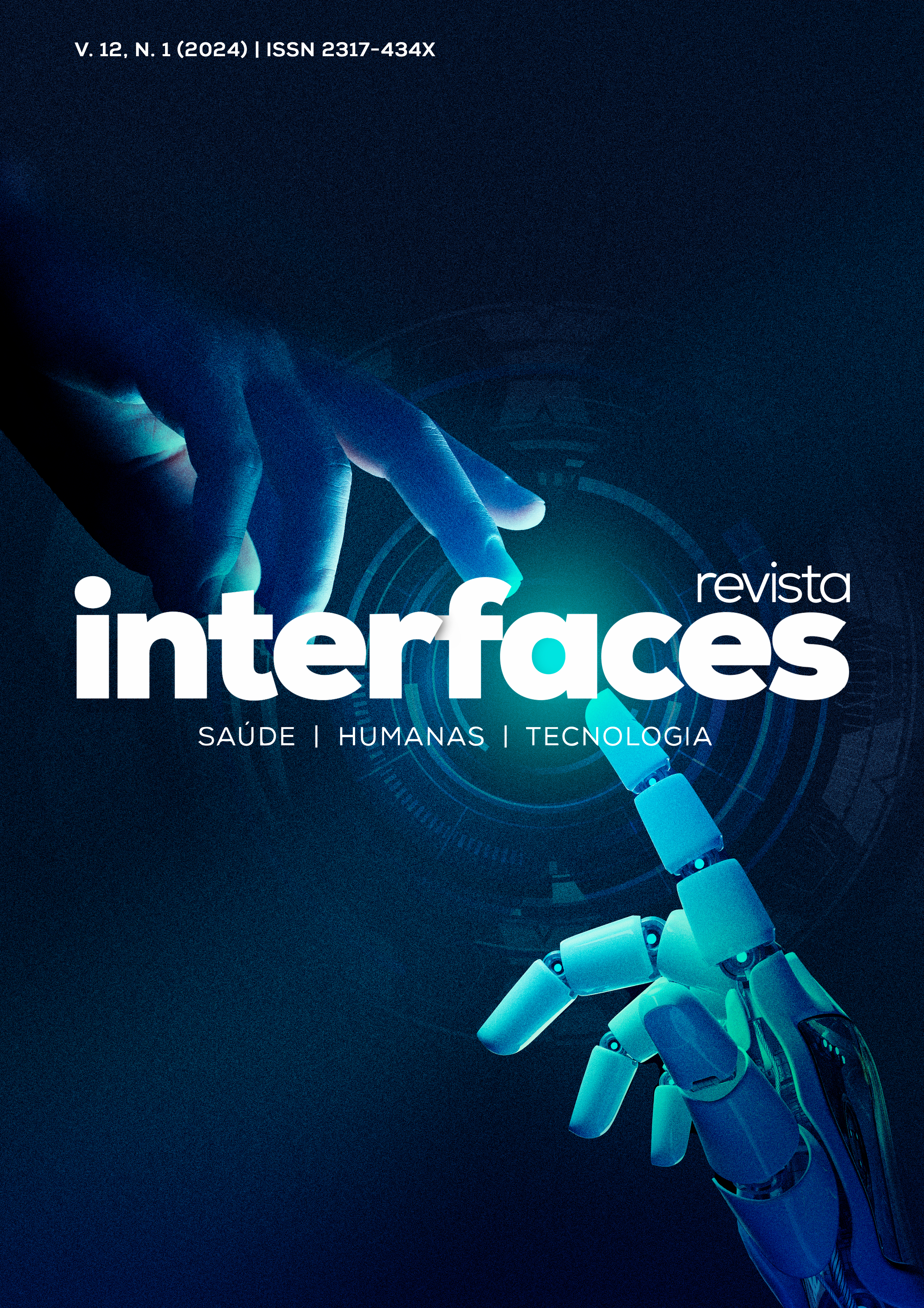MORBIMORTALITY PROFILE DUE TO NEPHRITIC SYNDROME IN BRAZIL FROM 2018 TO 2022
DOI:
https://doi.org/10.16891/2317-434X.v12.e1.a2024.pp3923-3928Abstract
Nephritic syndrome, when present, indicates the occurrence of glomerulonephritis. Inadequate management of this syndrome can lead to acute kidney failure and chronic kidney disease, which are important causes of morbidity and mortality. This study aims to describe the epidemiological profile of nephritic syndrome in Brazil between the years 2018 and 2022. It is a retrospective, ecological and quantitative study, in which the number of hospitalizations and the following associated variables were analyzed, such as: gender, age group, color/race, total cost of hospitalizations, days spent in bed and mortality due to nephritic syndrome in Brazil from 2018 to 2022. Data were collected from the DATASUS Hospital Information System through the TABNET platform and analyzed using Microsoft Excel® software. Nephritic syndrome was more frequent in the North and Northeast regions of the country. The incidence was higher among men and mortality was higher among women, but there was no statistically significant association between deaths and sex. The incidence was higher among brown people, but 1/3 of hospitalizations did not have the color/race of the individual informed. Indigenous people had the lowest cost per hospitalization; black color/race had the highest cost. The Southeast region had the highest absolute number of deaths. Older individuals had a worse prognosis, despite a lower incidence. The prevalence by inhabitants and the death rate were limited only to the total number of hospitalizations and the total by gender; future analyzes should also consider the total population according to color/race and age group.

